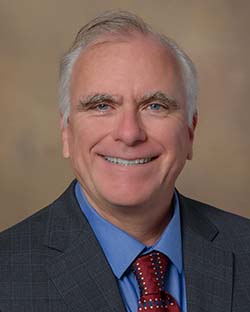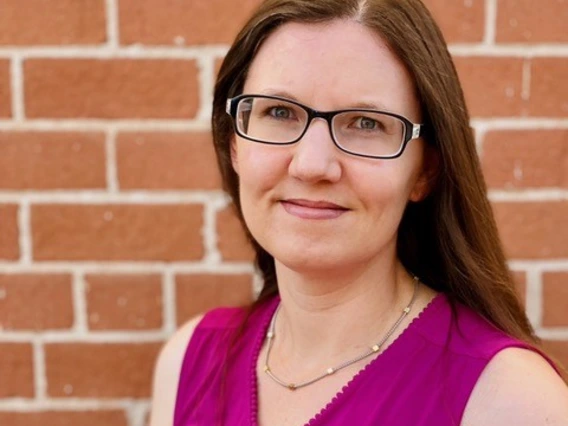
NASA Approves OSIRIS-REx Extended Mission to a Second Asteroid
Led by LPL Assistant Professor Daniella DellaGiustina, OSIRIS-APEX will study the near-Earth asteroid Apophis for 18 months. Apophis will make a close approach to Earth in 2029.
IN THIS ISSUE Spring 2022 Edition
Welcome to the LPL Newsletter!

Department Head and Laboratory Director
Dr. Sukrit Ranjan works on a variety of interesting chemical processes related to surface-atmosphere interactions and the origin of life. Dr. Tyler Robinson studies planetary atmospheres and the best methods to assess habitability of extrasolar planets. Ty played a key role in defining the capabilities of NASA’s future life-finding telescope and will no doubt continue to be a key player in the future of planetary habitability. Together, Sukrit and Ty will be leading LPL into some new directions and I’m excited to see all that they will accomplish.
Follow the links below to read more about these and other highlights and accomplishments from spring 2022 and contact us any time at PG4gdWVycz0iem52eWdiOkhOWUNZQFlDWS5OZXZtYmFuLnJxaCI+SE5ZQ1lAWUNZLk5ldm1iYW4ucnFoPC9uPg==.

Department News
NASA Deputy Administrator: UArizona a `Crown Jewel' for the U.S.
During a visit to campus, NASA Deputy Administrator Pam Melroy discussed some of the space agency's most ambitious and impactful space missions with the UArizona scientists who pursue them.

Faculty News
Sukrit Ranjan and Tyler Robinson Join LPL Faculty
Ranjan studies the origin of life on Earth, the search for life on other worlds, and the atmospheres of rocky exoplanets. Robinson uses sophisticated radiative transfer and climate tools to study the atmospheres of Solar System worlds, exoplanets, and brown dwarfs.

Graduate Student News
Joana Voigt Wins Kuiper Award
Joana is a fourth-year student whose research focuses on comparisons between volcanic processes on Earth and Mars.

Alumni News
Kathryn Volk Awarded Vera Rubin Early Career Prize
Kat is a 2013 alumna of LPL, completing her Ph.D. under the direction of Regents Professor Renu Malhotra. She uses theory, numerics, and observations in her research, which spans both Solar System and exoplanetary science.

